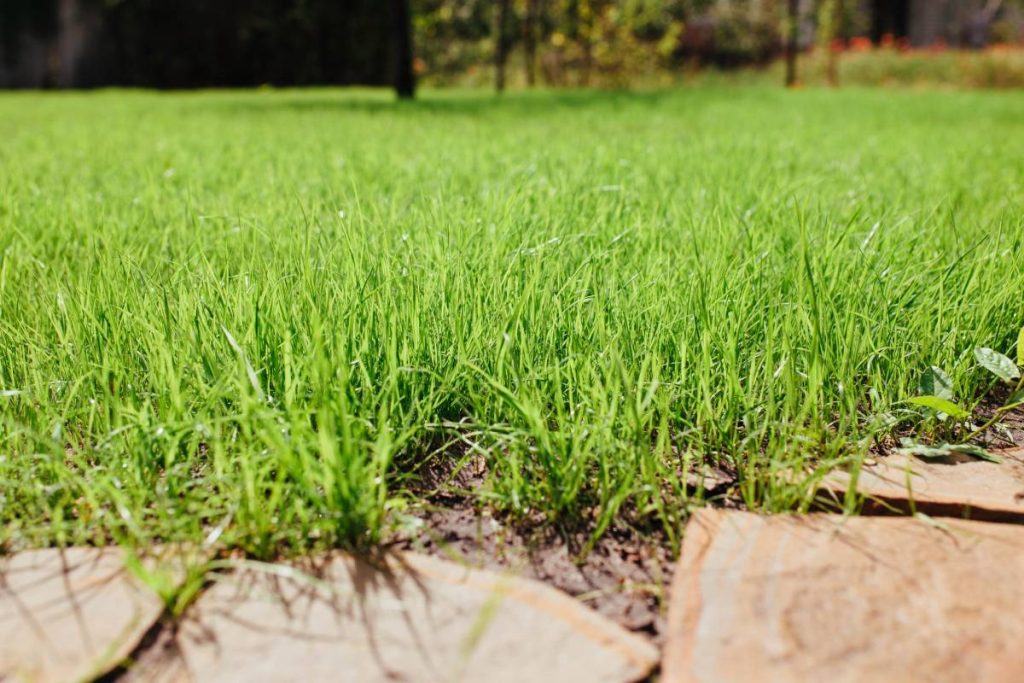What is the difference between a twig, a branch and a limb? (the anatomy of a tree)

Have you ever wondered what the difference is between a twig, a branch, and a limb? Are they three separate parts of a tree, or simply three different words used to describe the same thing? In this article, we’re going to explore the anatomy of a tree in greater depth so that you can gain a more thorough understanding of these silent giants.
The anatomy of a tree
- Outer bark: The outer bark of a tree is its protective layer (or armour) from the outside world. Much like human skin, a tree’s bark continually renews itself from within. This tough outer layer helps to keep the moisture from the rain out, while similarly preventing the tree from losing its moisture on a particularly dry day. The outer bark also acts as insulation against both the cold and the heat, whilst warding off insect invaders and other pests.
- Inner bark: The inner bark of a tree (aka phloem), is an internal pipeline through which food is delivered to the rest of the tree. The phloem only lasts for a short time, after which it dies, turns to ‘cork’ and bolsters the outer bark of the tree with additional protection.
- Cambium cell layer: The cambium cell layer of a tree is the part of the trunk that contributes to growth. This part of the tree produces new bark and wood annually, driven by hormones that are passed through the phloem, coupled with food from the leaves. These growth stimulating hormones (auxins) are produced by the leaf buds which sprout at the end of branches in the spring.
- Sapwood: The sapwood of a tree is essentially the tree’s pipeline directing water up to the leaves. Sapwood is young wood and as these new rings are produced, the inner cells of the tree begin to die and are subsequently transformed into heartwood.
- Heartwood: The heartwood of a tree is the central foundational pillar of a tree. Although the heartwood itself is technically dead, it doesn’t begin to decay or lose any of its strength, provided that the outer layers are still healthy and intact. Heartwood is a composite of hollow, threadlike cellulose fibres that are bound tightly together by a glue-like chemical called lignin. This results in a central pillar that is, in some ways, as strong as steel as it can support a significant amount of weight.
- Leaves: The leaves of a tree are the receptors that make food for the tree, producing a chlorophyll surface to absorb the sun. Leaves come in all shapes and sizes, depending on the species of the tree, providing wind-resistance, and drip-tips to shed any rain that would otherwise decay the leaf if left pooling on its surface.
- Crown: The crown of a tree is the top part of a tree, featuring branches that grow out from the main trunk of the tree, supporting a network of leaves used for photosynthesis.
What is the difference between a twig, a branch, and a limb?
So, what is the difference between a twig, a branch, and a limb?

- Limb: A limb on a tree is another way of referring to the largest branch-like beams that grow off the main trunk (or stem) of the tree. These main limbs then sub-divide into a large number of other, smaller limbs, also known as branches.

- Branch: The branches of a tree are the large sticks that grow out from the main limbs on a tree, accompanied by, and supporting the foliage. These are also known as the first divisions.
- Sprig: A sprig is single small plant stem that has leaves on it. Once the leaves fall from the sprig, it becomes a twig (the small, wand-like sticks often found on the ground surrounding a tree).

- Twig: The twigs (or branchlets / ramuli) of a tree is the name given to the tree’s ‘fingers’ once the leaves have fallen away. Otherwise, a twig is called a ‘sprig’.
You may have noticed from the descriptions above, that the word “stem”, was used to describe both the main trunk of the tree, and when describing a sprig as being a “small plant stem”. This may seem contradictory and often adds to the confusion. That said, there are several definitions for the world stem. Here are two examples (taken from Oxford Languages):
- the main body or stalk of a plant or shrub, typically rising above ground but occasionally subterranean.
- originate in or be caused by.
So, whilst the main trunk of a tree can be referred to as the stem (i.e., the main body or stalk of a plant or shrub); with each new growth on a tree, as it “branches out”, new growths ‘stem’ from it.
E.g., limbs stem from the main trunk of the tree; branches stem from the main limbs of a tree; and sprigs stem from the branches of a tree.
In other words, it’s a bit of a minefield. In any case, these are the main definitions that make up the anatomy of a tree.
Conclusion
It always helps to better understand the nature of the trees that we have on our property. By knowing more about the anatomy of a tree, it can help us to better care for them and ensure that they are getting everything that they need.
Of course, if you aren’t the ‘green-fingered’ type and would prefer to leave it to the professionals, then that’s OK to. Hire a professional arborist. They can help you ensure that your trees are happy, healthy, and kept in excellent condition.
E.g., when it comes to pruning a tree, an arborist will have a thorough understanding of its anatomy, which branches that need to be removed, and which are crucial for both the tree’s structural integrity, and future health. If you would like to know more, or have any questions regarding your species of tree and how to properly care for it, find a knowledgeable company like AB Trees for professional advice and assistance.
Recent Posts
- Couch Grass vs. Kikuyu: Effectively Managing Growth in Sydney
- What Do Gardeners Do? How to Earn a Decent Income as a Gardener
- Varicose Veins: Causes and Treatment
- Is it better to keep a freezer full or empty? What is the best thing to clean the inside of a fridge with?
- Why Does My Wood Floor Feel Hollow? Can I Fix the Hollow Spot in the Wood Floor Myself? How Much Does It Cost to Fix a Hollow Spot in My Wood Floor?
Recent Comments

Things to do and see in Port Douglas

What size loading ramp do I need? Are arched ramps better? Are loading ramps safe? How much do aluminium ramps cost?

How to Find the Right Swimming Pool Restoration Company for You

Understanding the Modern Followers of Historical Trend Setters

Couch Grass vs. Kikuyu: Effectively Managing Growth in Sydney

What Do Gardeners Do? How to Earn a Decent Income as a Gardener

Varicose Veins: Causes and Treatment


